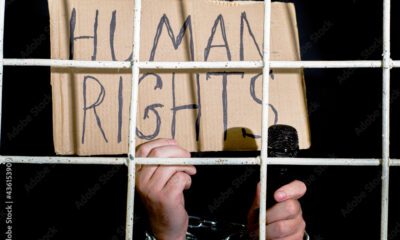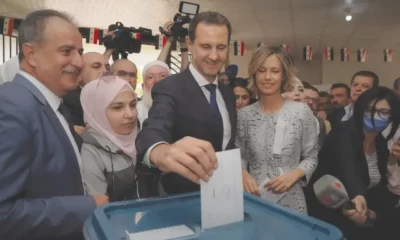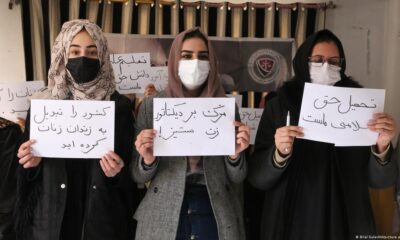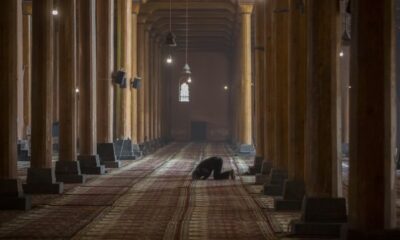Ghislaine Maxwell has been Charged with Procurement of Minors in the Jeffrey Epstein Paedophilia Ring
Ghislaine Maxwell, daughter of Robert Maxwell has lived a life no one of us will ever experience. Daughter of high society one minute, and homeless the next; she is a survivor.
The youngest daughter of media tycoon and entrepreneur Robert Maxwell, she grew up as ‘daddy’s girl. Living under his notoriety at his firm, after leaving Oxford University.
Ghislaine learned the tricks of the trade working for her father and she was always visible. Robert Maxwell made Ghislaine very much a fixture at every society event imaginable.
An Education in High Society
In a way, Ghislaine Maxwell had an education in high society. The rumor mill suggests her entrance into Oxford University was rather a gift from daddy than an actual achievement. Robert Maxwell was a known benefactor of the university and there is a scholarship in his name.
Ghislaine then went on to head Robert Maxwell’s buy-out of a New York newspaper, sent by her father and setting up shop ahead of him. On all accounts, it seemed Ghislaine Maxwell was the right-hand woman to her father.
Interestingly, this was a pattern to be repeated when Ghislaine met Jeffrey Epstein, the now-dead multi-millionaire. Epstein died in jail after being convicted of pedophilia and sex trafficking.
Ghislaine was Epstein’s, right-hand woman. Ghislaine has been accused of procurement of minors within a sex trafficking ring, as well as lying under oath.
Brought up by a bully, Robert Maxwell met his demise aboard the yacht aptly named, Lady Ghislaine. Having been found dead in the water, it is thought Maxwell may have been killed. This was a man who squandered the pensions of people at his own newspaper, therefore not inconceivable. In response to, running into financial trouble. As such, over £400 million was taken by the newspaper owner, and Maxwell was later convicted of fraud.
A Bully, a Psychopath, your Father
Robert Maxwell was known to be a bully and an intimidator, but also charming at the same time. He is described by others as having multiple personalities or multiple facades and coming off as a borderline psychopath. Maxwell famously went on stage and lectured a prima ballerina on how to do a movement.
It seems Ghislaine made the pecking order with Maxwell however and was regarded less of a hindrance in comparison to her brothers. Of all Maxwell’s nine children, Ghislaine was the favorite and the least chastised. It is said Maxwell would lay out corporal punishment to keep his children in line. Each of them was presented with weapons laid out upon a table and told to make a choice.
Some of those weapons bore riding whips.
Riding whips, narcissistic fathers, and a lifetime of being kept right at the helm seem to have initiated a life for Ghislaine Maxwell. That now sees her behind bars. Ghislaine’s penchant for entertaining, making friends in high places, and knowing anyone worth knowing has stood her well in the most recent title.
U.S V’s Gislaine Maxwell
Ghislaine Maxwell is accused of procurement of underage girls for sex trafficking, and now stands to trial: U.S V’s Ghislaine Maxwell. Ghislaine was charged last week by the FBI and held for questioning.
The charges tell a seedy story of a woman who regularly pursued young girls. Girls who met the criteria of her on/off boyfriend, Jeffery Epstein. Numerous accounts of abuse have been filed by victims over the years, but Ghislaine Maxwell is only now coming to trial.
The accounts tell a similar story across the board. In some setting or other, usually paradoxically: either the washed-out desperate backdrop of poor neighborhoods or the gilded hallways of an institution. The pair would approach and snare.
What is apparent within all accounts, some of which can be heard in the recent Netflix documentary; Jeffrey Epstein: Filthy Rich, is the role of Ghislaine Maxwell.
It Takes Two
Most of the women detail the trust established by the presence of Ghislaine as a woman. This was in the interest of the girls’ future, under false pretense.
Of course, this was a guise and a strategy employed by both Epstein and Maxwell to allure the girls and establish trust.
Often these girls were from poor backgrounds, dazzled by the promise of ‘easy money. They exchanged money in place of massage services for Epstein.
Unbeknownst to them, it was not until the girls would arrive at Epstein’s home, that the allure would be revealed as procurement for sex services.
A Careful Ring
This was almost always taped. If the intended act was not achieved, Epstein would manipulate the girl to entice other women to the mansion. A careful and undetected sex trafficking ring then developed and was mostly unbeknownst to the traffickers. With Ghislaine Maxwell being the head honcho.
There are countless women who have been trafficked and abused by the pair. Despite earlier reports made, they have only come to trial in recent years. Unfathomably, it has been said on Australia’s 60 Minutes program, that Epstein was abusing women right up until 2018.
The FBI has been involved in this case since the 1990s but has only brought Epstein to trial in recent years. Maxwell has only just been arrested.
Yet, when reports were made to the FBI back in the 1990s, no one wanted to know. As detailed in the 60 Minutes program, one victim reported what happened to her and the threats made by Ghislaine Maxwell. The FBI turned a blind eye.
Unheard Voices and Videotape
However, this is just one account of countless women’s voices who have gone unheard, despite a repetitive story. There have been unsung heroes as detailed in the Netflix documentary. They too struggled to catch the attention of the FBI.
Repeatedly, there were setbacks and even after finally managing to bring Epstein to trial in 2008, a deal was brokered. Epstein served only 18 months.
This deal allowed Epstein to continue his work from his office, nonetheless with ‘trips’ that saw Epstein return home.
It is no doubt that the abuses were being continued on his return.
Tucked Away
It is also no doubt that these accounts were all recorded. Epstein is said to have had all property, whether on the ground or in air, wired and ‘on air’. But where is this evidence?
It is the people behind Jeffrey Epstein, who have allowed it to carry on for so long that are the beguiling truth. Will Ghislaine reveal the powers that be?
This is the real extent to the human violation that has been ‘tucked away’ for so long; Ghislaine Maxwell’s property in which she was arrested last week.

 Featured2 years ago
Featured2 years ago
 Featured3 years ago
Featured3 years ago
 Featured2 years ago
Featured2 years ago
 Featured4 years ago
Featured4 years ago
 Featured3 years ago
Featured3 years ago
 Featured5 years ago
Featured5 years ago
 Featured2 years ago
Featured2 years ago
 Featured3 years ago
Featured3 years ago





























